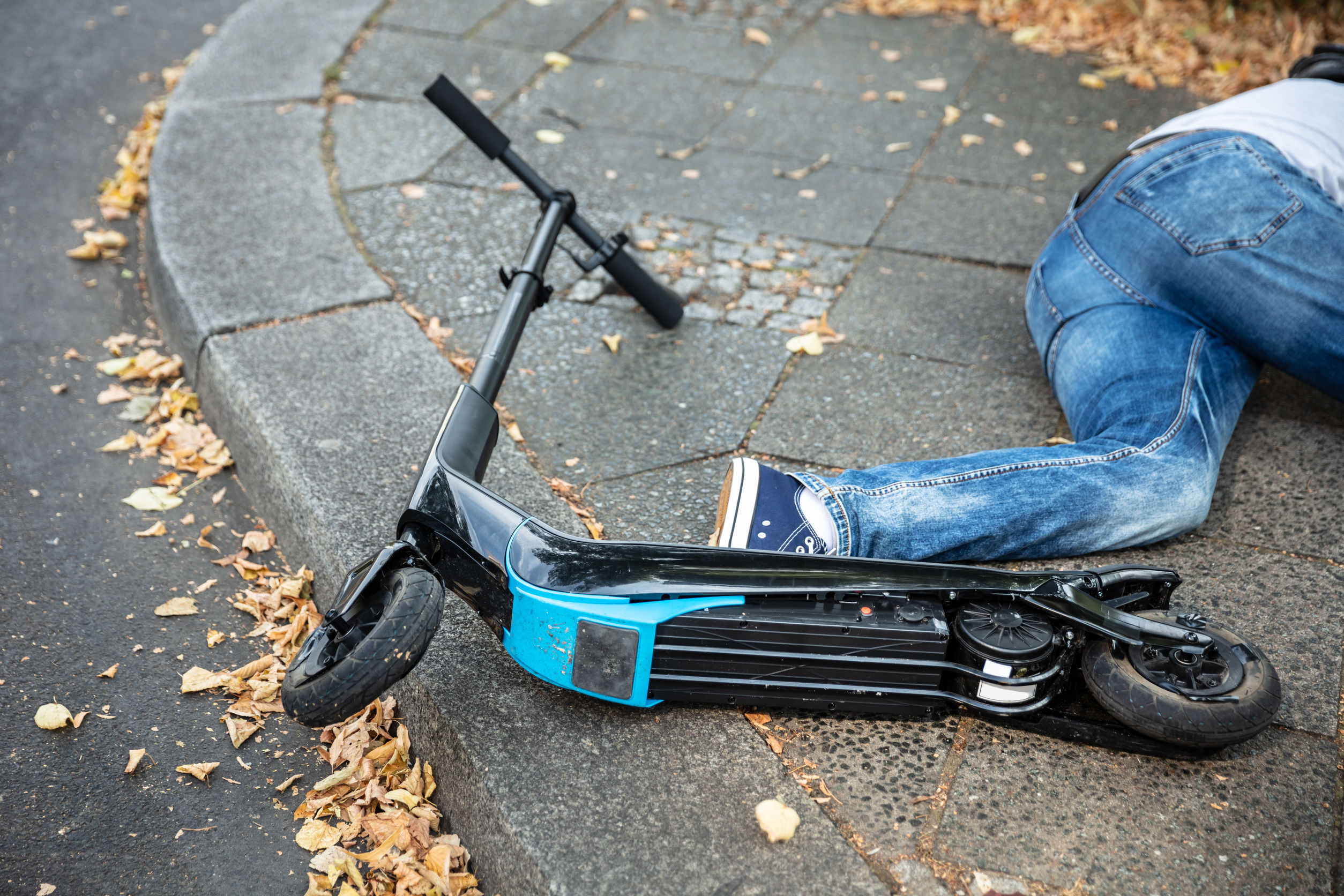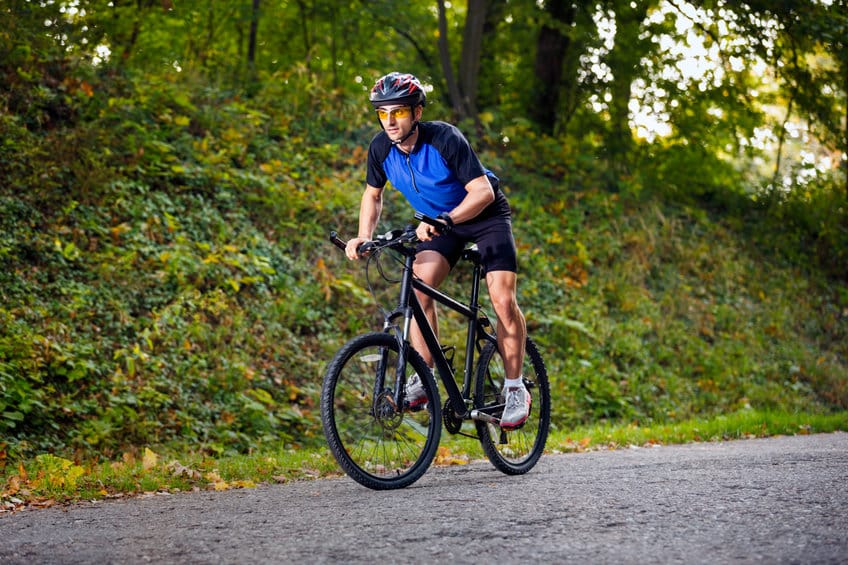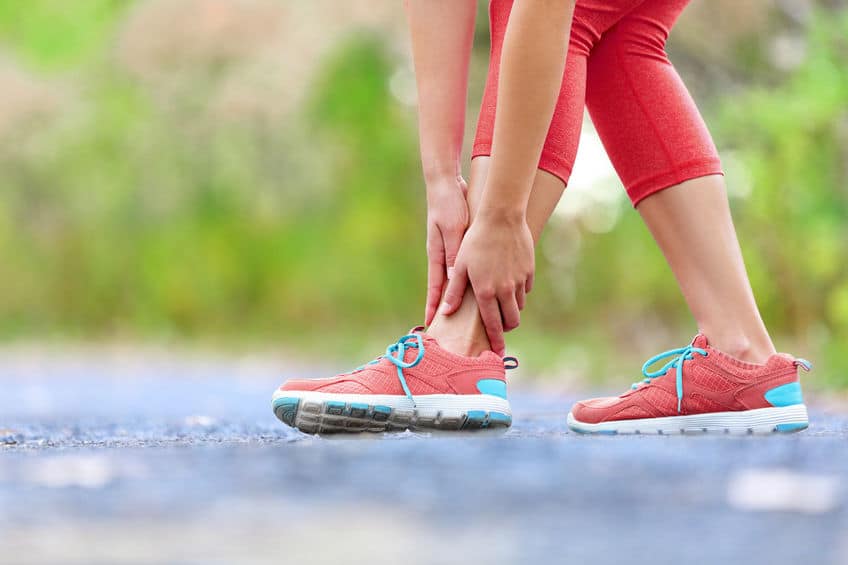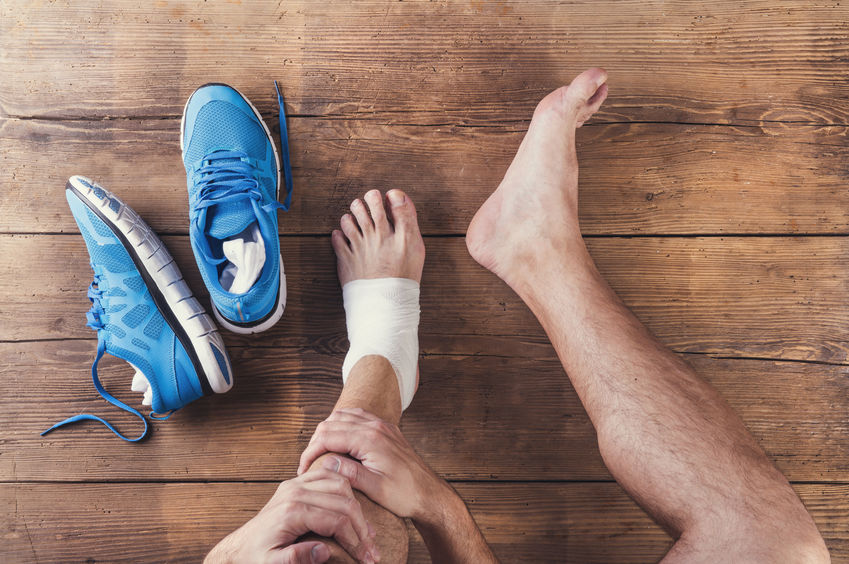By Sean Zucker —
It’s a beautiful autumn day, the sun is shining, birds are chirping and e-scooters are increasingly zooming everywhere. Sounds nice. Unfortunately, this increasingly popular and eco-friendly electric scooter (e-scooter) trend for all its good intentions has produced some unforeseen hazardous results, including frequent rider injuries, vehicle confrontations and even death.
E-scooters began as a simple concept, essentially Citi Bike but with scooters. By employing a similar ride sharing design and user-friendly app, companies like Lime and Bird are offering a simple way to avoid traffic and overcrowded public transportation with a new environmentally friendly option that is less physically demanding than Citi Bike. Step, balance and go.
While unrestricted or unregistered riding is not allowed in every state or municipality, the relaxed execution of e-scooters has led many riders to become far too comfortable zipping around cities unbothered by the protective restraints of regulations and road signs leading to an increase in electric scooter accidents. This negligence is more than just a nuance for cars, traditional bikes and pedestrians, it’s increasingly dangerous for the riders.
The boom in e-scooter ridership has come on so quickly that even where it is legal, it can be overwhelming, frustrating and a potentially dangerous phenomenon—one municipality may not fully comprehend or know how to manage. New Jersey’s Governor Phil Murphy, for example, signed a law on May 13th clearing the way for e-scooter use (under 20 MPH) statewide. By Memorial Day Lime was open for business in Hoboken and almost immediately this mile-square city was inundated with scooters on streets, sidewalks and bike paths. Ojo, another scooter service, followed soon afterward. Within four months, however, this early-adopting city was forced to recalibrate its freewheeling program. Hoboken retooled its deal with Lime due to safety concerns and canceled Ojos’s program entirely. The city also began prohibiting scooter use in some high-pedestrian areas–all of which may signal tighter regulations coming everywhere for scooters.
This confrontation shouldn’t be a shock. Queensland University of Technology recently conducted an observational study in Australia on the routine practices of electric scooter riders and found that nearly half were ridden illegally. The scooters were classified as being ridden illegally if the rider either wasn’t wearing a helmet, was carrying a passenger, riding on the wrong side of the road or disobeying traffic regulations and guidelines. All these restrictions and controls are either legally required or strongly encouraged in various local municipalities to ensure the safety of e-scooter riders and pedestrians alike.
Not surprisingly, for all good intentions involved, E-scooter-related injuries have become rampant over the past year. Beyond simply extensive, they tend to be more severe than just scraped knees or twisted ankles. In February, researchers at UCLA found that people involved in electric scooter accidents often are injured badly enough to require treatment in an emergency department. They reported that common injuries from e-scooters include fractures, dislocated joints and head injuries. Of the 249 ER patients the researchers examined, a third of them arrived by ambulance, an indication of the severity of their injuries. Additionally, Baylor Scott & White Health recently reported that e-scooter injuries have generated over 1.4 million dollars in hospital costs Dallas alone since being introduced.
Scooter-related deaths are also becoming a disturbingly regular occurrence. In September alone last year, three people died in U.S. e-scooter accidents—not an unheard-of occurrence. According to Streetblog USA, the combined death rate on Lime and Bird e-scooters is roughly one per 10 million trips, a relatively low rate. But scooter fatality rates are still substantially higher than the death rate of bike-share riders, which is one for every 61.5 million trips. The bottom line: you’re more than 6 times more likely to die renting a scooter than a bike.
E-scooter ridership, with all its benefits, is likely to continue growing in the near future. The questions now facing vendors and customers alike is how its use will be regulated and whether the benefits outweigh the dangers.











